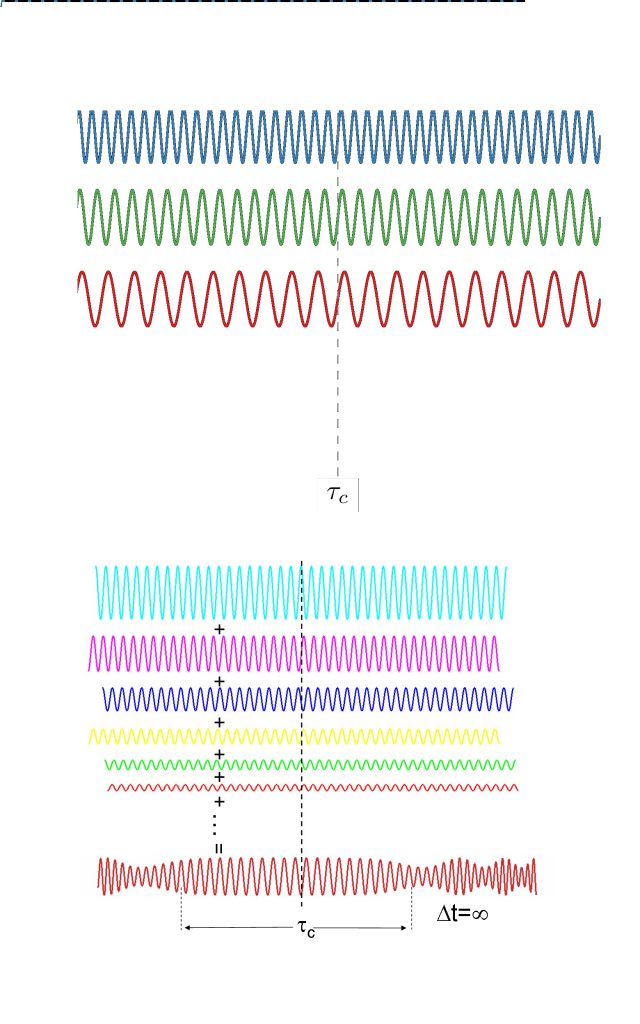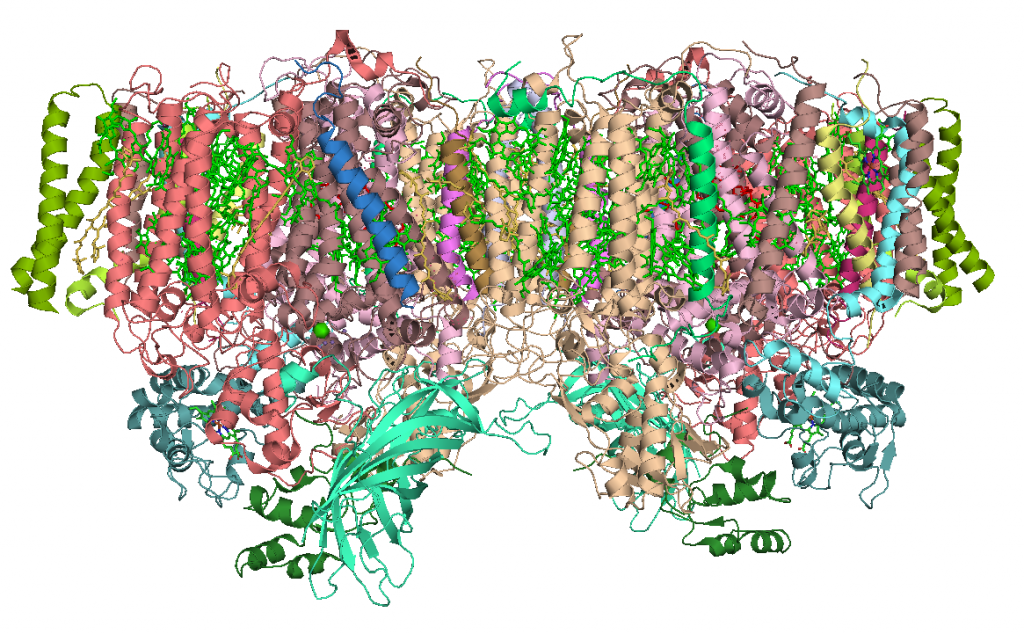
Credit: Wikimedia Commons
The word “quantum” is often over-used, sometimes in contexts where it is not remotely applicable, much to the annoyance of scientists. However, quantum mechanics, the often misunderstood field of physics relating to the motion and properties of particles on nanometre scales, actually does have more effects on our day-to-day life than many people realize, and more of these effects continue to be discovered. Technological innovations which were made possible by the study of quantum physics are the most commonly cited examples of quantum mechanics in day-to-day life, but recent research is leading scientists to believe that quantum phenomena may be at play in nature as well.
Recent studies have shown evidence of a phenomenon unique to quantum physics, called coherence, being at play in the process of photosynthesis. Coherence is a property of waves which is observed in quantum mechanical particles, because one of the key results of quantum mechanics is the fact that particles are not discrete, but actually waves. Waves can be in phase or out of phase, depending on how their troughs and peaks line up with each other. If they line up in a consistent pattern, then two waves are said to be coherent. In quantum mechanics, two particles being in a coherent state means that the wave functions that describe them are coherent with one another. Usually systems tend towards decoherence, because particles’ wave functions become less well-defined as they interact with the environment, making them in phase with each other in some places, and out of phase in others.

These figures demonstrate the difference between coherent and incoherent waves. The coherent waves above add to form a well-defined wave, while those below add to form a wave with randomly varying amplitude and phase
Credit: Wikimedia Commons
The classic Schrodinger’s cat thought experiment, in which a cat is both alive and dead at once, is one of the most well-known examples of quantum mechanics. It is made possible because the cat exists in a superposition of different states, which are able to be added together because they are coherent.

An illustration of the structure of photosystem II, as found in cyanobacteria
Credit: Wikimedia Commons
When plants convert light from the sun into energy, they initially use the energy from incoming photons to move electrons, in what is called a charge transfer. The process of charge transfer is exceptionally efficient, and without this efficiency, photosynthesis as we know it would not be possible. In a recent paper in Nature, researchers described their analysis of a reaction centre where charge transfer occurs, called photosystem II, and detailed how their results demonstrate that the high efficiency of charge transfer in photosynthetic processes is due to quantum coherence. The researchers obtained photosystem II protein complexes from spinach leaves, and analyzed the quantum states of these complicated species using lasers. They observed evidence of quantum coherence during charge transfer and proposed that “this coherence allows the sampling of the energy landscape (or switching between pathways) until the system finds the optimal route towards charge separation.” Clearly, this kind of “sampling of the energy landscape” could not be predicted without knowledge of the strange phenomena which are described by quantum mechanics.
This research demonstrates that the word “quantum” should not only be conjured up when thinking about the future of computers, and peddlers of pseudo-scientific products, but also when out for walks in the forest, or biting into a crisp apple, both of which might not be possible without the quantum phenomena that allow photosynthesis to be a viable process.
